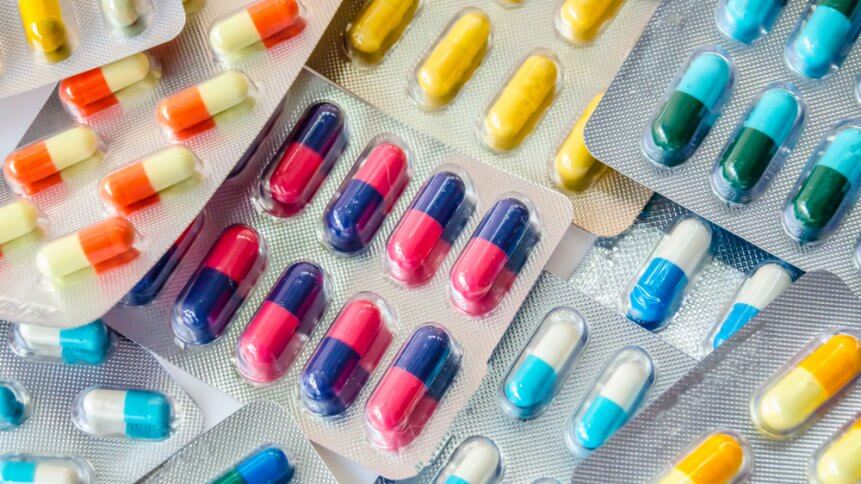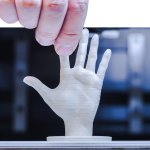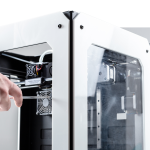A personalized dose: 3D printed medicine in big pharma

3D printers have long captured the imagination, enabling almost anyone (with the right equipment and design files) to create almost any inanimate object they can think of.
And while 3D printed houses and food, and even firearms, may grab the headlines, the technology has vast, cross-industry applications for businesses looking to optimize manufacturing methods with low-cost, flexible techniques.
Commonly using materials such as thermosetting polymers, injection molding, as it’s otherwise known, provides an alternative to using costly materials, allowing users to quickly create bespoke parts in-house without the use of specialized machinery.
3D printing in medicine
True to form, it has done with many other advanced technologies, the medical industry is pioneering new frontiers in what’s possible with 3D printing.
Here, technology has life-changing potential. Surgeons can use the technique to replicate patient-specific organs, used for practice and preparation ahead of complicated operations— this can be much more effective than relying on MRI and CT scans or X-rays.
‘Bioprinting’, meanwhile, is enabling medical professionals to create prosthetic limbs, and now even tissue, skin and organs, tailored for the individual needs of each patient.
But while this may be limited to a finite batch of patients, for now, the industry is considering ways it can turn the technology to help and personalize treatments for a wider pool of individuals.
3D printed medicine and pills
3D printers are now being used to create medicines suitable to individuals patients’ needs.
Pills and tablets have been both saviors and a burden to many patients. With everybody responding differently to medicine and dosage, prescribing the right medicine to patients is a constant challenge faced by doctors.
According to NBCI, close to 9,000 people die per year in the United States due to wrong prescriptions. For children, the risk of choking is another nightmare faced by parents. This statistic could be cut down if doctors had a way to ensure they prescribed medicine personalized to their patients’ needs.
But every medicine is created to a certain standard, and making pills smaller means reducing the dosage. If creating one medicine can cost billions in big pharma, making two variants would be an extremely difficult and costly process.
YOU MIGHT LIKE

How 3D printing is transforming the production line
Using a 3D printer allows pharmacists and manufacturers to rapidly design and create pills to different specifications; small or large, longer absorption or slower to meet the patient’s needs.
Once printed, robotic systems can fill up capsules to the right dosage. Doctors and pharmacists could also combine several drugs into one pill. This allows patients to just take one pill as opposed to a cocktail of drugs, which can be difficult to take, and a burden to carry around.
The medical industry is already employing 3D printed medicine. In 2015, Aprecia Pharma produced Spritam, a tablet to treat epilepsy with their patented 3D printing technology— it was the first 3D printed medicine in the world to be approved by the FDA.
The ‘Polypill’, meanwhile, has since been tested among diabetic patients. The application deals with medication dosage and solves issues of a diverse drug interaction. Patients can avoid exhaustive monitoring of drug intake when medications have different schedules.
3D printed pills also makes non-invasive internal diagnosis possible. As reported recently, a group of researchers from Tuft university made an indigestible pill that can pass through the gastrointestinal system and sample gut bacteria.
The manufacturing technique has enabled doctors, surgeons, and pharmacists to better care for their patients by providing them with exactly what they need. With 3D printing, medicines can be customized, allowing children, adults and the elderly to be treated individually with the right dosage.









